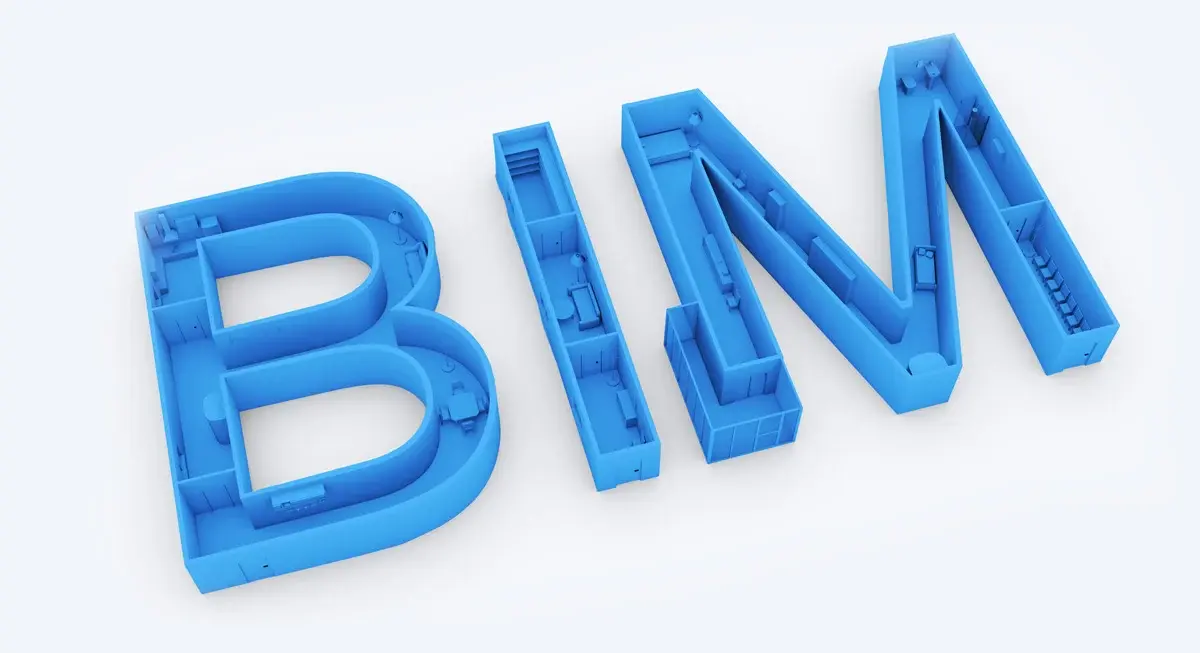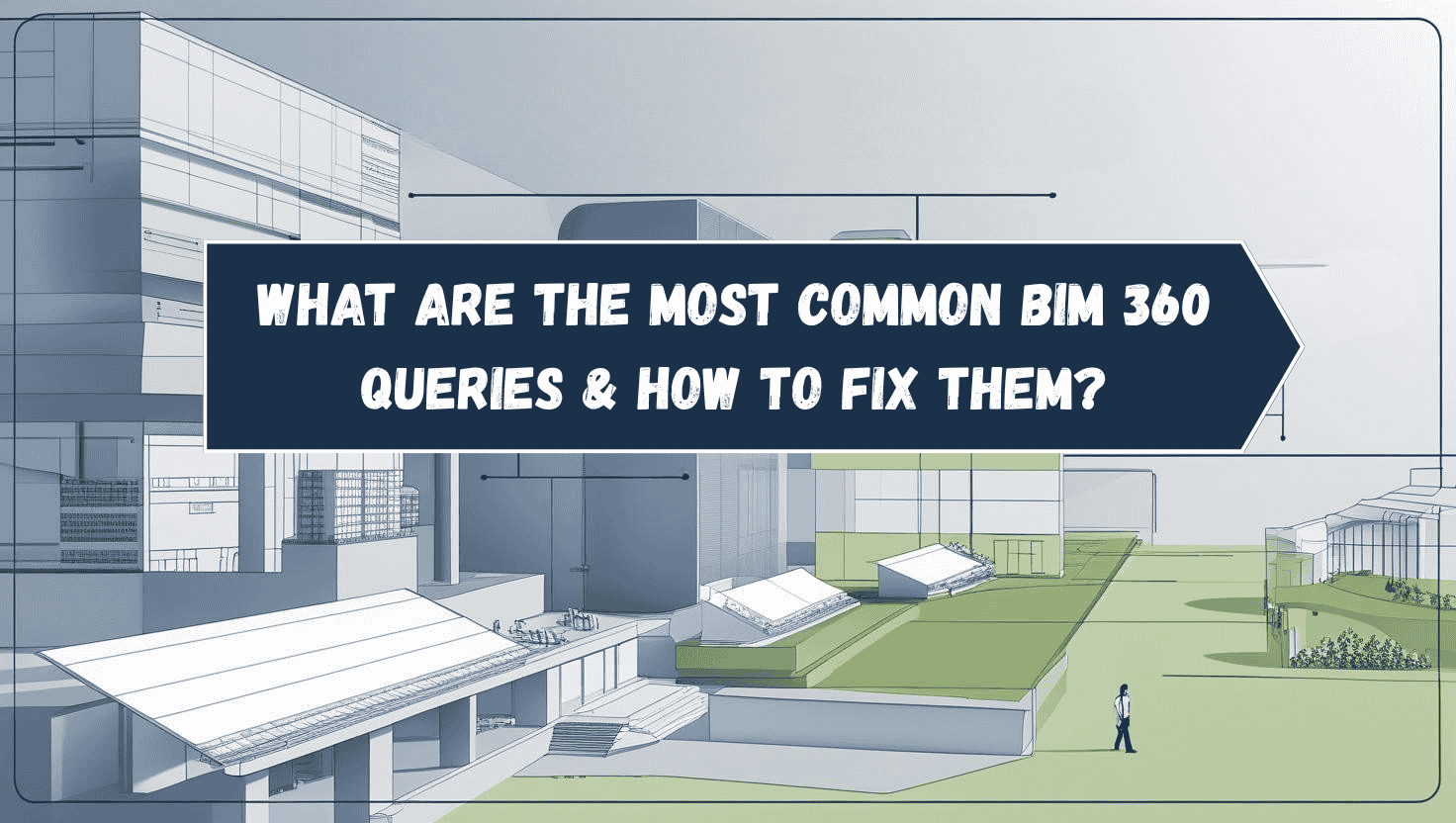
As digital transformation continues to shape the architecture, engineering, and construction (AEC) industry, the demand for BIM for architects is rapidly increasing. According to a survey by PlanRadar, approximately 70% of U.S. architects report actively using BIM in their practice. Despite this growing trend, many architects without technical backgrounds hesitate to adopt BIM, assuming it’s too complex. But is learning BIM really that difficult?
In this article, we’ll examine common challenges, tools that facilitate BIM training, and provide tips to help non-technical architects transition from CAD to BIM with confidence.
What Is BIM and Why Is It Important for Architects Today?

Building Information Modeling (BIM) is a collaborative process that uses digital models to represent the physical and functional characteristics of a facility. It goes beyond traditional 2D design, enabling smarter decisions across the building lifecycle from concept to demolition.
For architects, BIM is crucial because it:
-
Enhances architectural design and BIM integration,
-
Reduces errors through coordinated digital models,
-
Enables seamless interoperability in BIM tools,
-
Facilitates collaboration among disciplines.
-
Supports early-stage planning through conceptual BIM, allowing architects to model spatial relationships and building massing from the start.
Adopting BIM tools like Revit or Archicad empowers architects to visualize, simulate, and coordinate better, which explains the rising demand for BIM knowledge and BIM skills in today’s market.
Why Do Architects Without a Technical Background Think BIM Is Difficult?
For architects trained primarily in creative design and manual drafting, the transition to BIM can seem intimidating. Here’s why many non-technical professionals perceive it as difficult:
- Complex software interfaces: Programs like Revit or Navisworks have dense dashboards and terminology.
- Lack of exposure to tech: Architects from traditional schools may not have been introduced to BIM tools.
- Fear of data and technical jargon: Many worry about coding, scripting, or parametric design concepts.
- Shifting workflows: Moving from 2D CAD to 3D, information-rich models demands a shift in thinking.
- Limited access to hands-on training: Without guidance, learning through trial and error can be overwhelming.
To ease the CAD to BIM transition, professionals need a solid plan, user-friendly tools, and confidence in their ability to grow their BIM knowledge.
Also Read: Top 10 BIM Online Certification Courses in the USA for Architects & Civil Engineers
Can Architects Without a Technical Background Learn BIM?

Learning BIM doesn’t require a degree in engineering or advanced coding knowledge. In fact, many BIM training programs are designed specifically for creative professionals who want to bridge the digital gap.
Through structured education, hands-on BIM training, and the right tools, even non-technical architects can become proficient in:
- 3D modeling,
- Clash detection,
- Parametric design,
- Collaborative project management using BIM tools.
With increasing demand, mastering BIM can lead to more lucrative opportunities, evident in the growing BIM architect salary trends across firms globally.
How Can Architects Overcome These BIM Learning Barriers?
Getting started with BIM doesn’t have to be overwhelming. The key is to use the right methods that align with your learning style and career goals.
1. Structured Learning Paths
Structured programs provide a roadmap through the learning process, making sure you don’t get lost in the complexity. These programs introduce the BIM course prerequisites in a clear and digestible way.
For example, Novatr’s BIM Professional Course for Architects walks learners through everything from digital modeling for architects to collaborative workflows, building a solid foundation in BIM for architects.
2. Practice-Based Training
Practical experience is vital. Hands-on BIM training allows learners to apply concepts to real models, which accelerates skill development and makes abstract ideas easier to understand.
This includes:
- Creating complete architectural models
- Running project simulations
- Practicing team collaboration and interoperability in BIM tools
By practicing daily or weekly, you build comfort and reduce the fear of making mistakes.
3. Real Project Case Studies
Case studies offer real-world context, making learning relevant and inspiring. Reviewing past BIM projects enables architects to observe how BIM is applied across various building types and understand the tangible benefits of BIM.
You’ll see:
- How models saved time and money
- How BIM prevents on-site clashes
- How data-rich models enhanced decision-making
With the right learning path, supportive training, and exposure to real projects, the journey to learn BIM becomes achievable, even for non-tech-savvy architects.
Which BIM Tools Are Best for Beginners?

Choosing the right tool is critical when starting. Below are the top BIM software tools tailored for beginners:
- Revit for architects: The industry standard in BIM, ideal for modeling, documentation, and collaboration.
- Archicad: Offers a more intuitive interface with strong architectural visualization capabilities.
- SketchUp: Great for conceptual modeling before moving into detailed BIM platforms.
- Navisworks: Primarily used for clash detection and review in complex BIM projects.
- Trimble Connect: A cloud-based collaboration platform that simplifies model sharing and project coordination.
These BIM tools offer varying levels of complexity, allowing users to scale their BIM knowledge gradually.
What Are the Top Courses & Resources to Start Learning BIM?
Here are the top BIM courses that can help non-technical architects gain the right skills and certifications:
|
Course Name |
Topics Covered |
Certification |
Suitable for |
|
Novatr’s BIM Professional Course for Architects |
Digital modeling for architects, CAD to BIM transition, BIM project workflow, Revit for architects |
Yes |
Beginner to Intermediate Architects |
|
LinkedIn Learning – Revit 2024: Essential Training |
Revit basics, architectural design, and BIM modeling, documentation |
Yes |
Architects, Designers, Draftsmen |
|
Coursera – BIM Fundamentals |
How BIM works, BIM knowledge, BIM tools, interoperability in BIM tools |
Yes |
Students and Architects new to BIM |
|
Udemy – BIM for Beginners |
BIM software basics, BIM course prerequisites, Revit and Archicad for beginners |
Yes |
Beginner Architects and Civil Engineers |
|
edX – BIM Application for Engineers |
Benefits of BIM, BIM architect salary insights, hands-on BIM training |
Yes |
Architects with technical or non-technical backgrounds |
These platforms not only cover theory but also offer certifications, which boost credibility in the job market and within any BIM company.
Also Read: Architecture Thesis Topics: A Comprehensive List of 30 Topics to Pick From 2025
What Tips Can Help Architects Make BIM Learning Easier?
To make learning BIM smoother, consider the following tips:
-
Start with Revit for architects – it's widely used and has abundant resources.
-
Set clear learning goals – define whether you want to focus on modeling, coordination, or project management.
-
Use real project files – practicing with real data bridges the gap between theory and application.
-
Join BIM communities – forums, LinkedIn groups, and Slack channels offer peer support and insider tips.
-
Practice daily – consistency is key to mastering BIM skills and maintaining momentum.
-
Seek mentorship – learning from experienced BIM users shortens the curve and clarifies doubts.
If you’ve struggled with the BIM course prerequisites or felt overwhelmed by software interfaces before, a steady and patient approach will deliver results.
Conclusion
While BIM for architects without a technical background might seem daunting, it’s absolutely achievable. With the right mindset, structured learning, and practical exposure, non-technical architects can confidently master BIM and thrive in modern architecture.
Start your BIM journey with Novatr’s industry-recognized BIM Course for Architects and get job-ready faster.
Visit our resource page to get started and receive expert guidance on advancing your career.
FAQs
1. Can architects without a technical background learn BIM effectively?
Yes, with structured learning paths and practice-based training, non-technical architects can master BIM effectively.
2. What challenges do non-technical architects face when learning BIM?
They often struggle with software complexity, unfamiliar jargon, and a lack of hands-on experience in digital modeling.
3. Are there beginner-friendly BIM learning paths for architects?
Courses from Novatr, LinkedIn Learning, and Coursera offer beginner-friendly modules with step-by-step guidance.
Was this content helpful to you



.jpg)







-1.png)